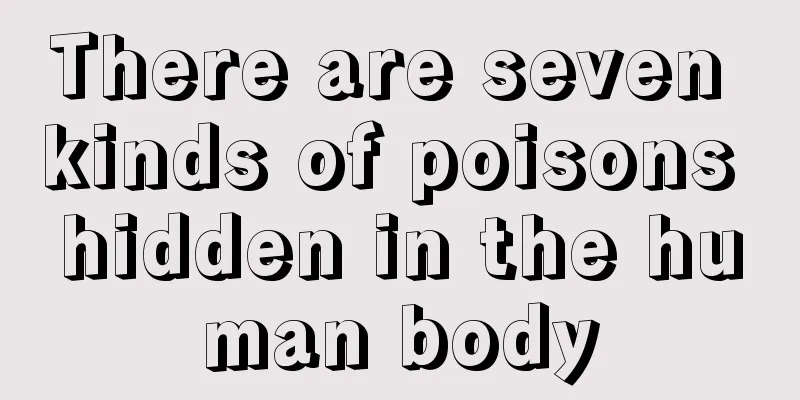Do people with short life lines really have shorter life spans?

|
In life, people often care about personal life issues. In fact, life is sometimes judged based on the family's life span table. Everyone's life span is different. Some people can even live to be over 100 years old. Some people will judge their life span by their lifeline. In fact, the lifeline can be used as a reference, but it cannot determine the length of a person's life. 1. People whose lifeline is very short, less than an inch long: there are 257 people who live to be 65 years old. There were 182 people who lived to be 75 years old. There are 87 people who live to be 85 years old or older. 2. Lifeline is broken in the middle or divided into many broken lines: It means that the person had a serious illness or a major accident and almost died. There are 146 people whose lifelines are broken in the middle or divided into many broken lines, but they have never encountered an accident or had a serious illness (I will talk about this situation later). 3. There is a series of continuous islands on the lifeline, forming a small chain: 317 people have been in poor health for a long time (at least more than 10 years) and are prone to accidents. Among them, 144 people have many minor health problems but have never encountered an accident. There are 173 people who said they are prone to accidents but are in relatively good health. Judging from the above experimental results, we can be almost certain that the length of the lifeline does not equal the length of life! That is to say, people with a long lifeline may not live long, and people with a short lifeline may not die young. Therefore, some people with a short lifeline should not worry about their short life, and should not believe the nonsense of some irresponsible fortune tellers and scare themselves to death. In fact, palmistry is a science of observation, experimentation and statistics. It is not taught by gods, nor is it set in stone. The so-called observation is a cognitive activity carried out by the observer who has mastered the knowledge of palmistry. It has the following five elements: A. The objects of observation are the palm shape, palm mound, knuckles, palm lines and palm color of people's hands. B. The subject of observation, that is, the observer who has mastered the knowledge of palmistry. Why don't I include those fortune tellers who make a living by reading palms? The reason is that those fortune tellers read people's palms for the purpose of making money, not to study palmistry. C. Observation environmental conditions. People who study palmistry must have a well-lit, well-ventilated, and very quiet environment so that they can study and record. D. Tools of observation, namely, sense organs and instruments. Palmistry is mainly observed through vision and touch, and rarely through instruments. Even if it is really applied to instruments, it only needs a relatively sophisticated magnifying glass, ink and chemicals for taking palm prints and fingerprints, a protractor to calculate age, a small calculator and a camera for taking pictures of the palm, that's enough! |
>>: What are the uses of formaldehyde?
Recommend
What are the factors that induce liver cancer? Take charge of yourself. Keep three points in mind to prevent liver cancer
There is a saying among the people that "a m...
Side effects of krill oil
Krill oil has no side effects. Krill oil contains...
How long can you live with lung cancer bone metastasis
The early symptoms of lung cancer are not very ob...
There are small pimples all over my hands
Hands are the most important part of the human bo...
What are the benefits of amoxicillin plus honey
As women age, their facial skin will develop wrin...
9 habits that ruin your teeth, protect your teeth and help you get rid of bad habits
The saying “Toothache is not a disease, but it is...
What to do if you have a high fever in summer
High fever is a relatively common disease, which ...
How should lung cancer patients eat? Lung cancer patients should eat like this
When it comes to lung cancer, its high mortality ...
Does lymph node biopsy hurt?
Lymph node puncture biopsy is a common examinatio...
Is microneedling effective in removing acne scars?
Acne scars bring troubles to many people. Not onl...
What are the effects of Shenrongshen Capsule?
Ginseng and Deer Antler Kidney Capsule is a medic...
I can't straighten my knee and it hurts when I straighten it
The knees are very important joints in daily life...
What is the chance of inheriting fibroids?
What is the chance of fibroids being inherited? I...
How often should blood sugar be tested?
Normally, young people rarely have abnormal blood...
What is the cause of hamartoma on the kidney
Renal hamartoma is a benign tumor usually compose...









